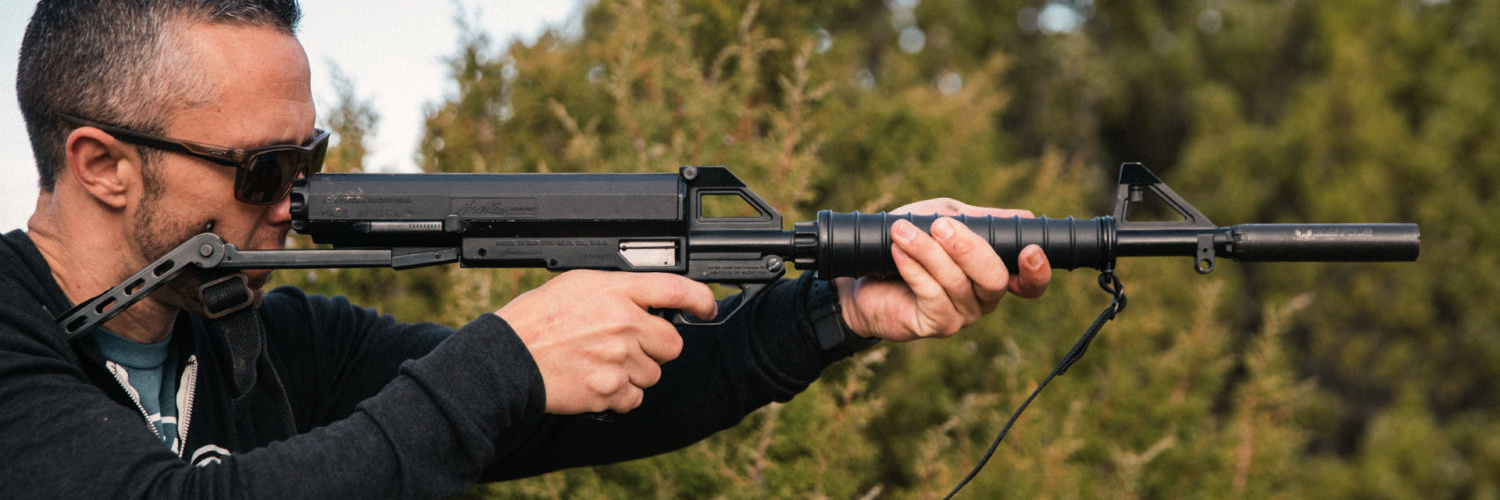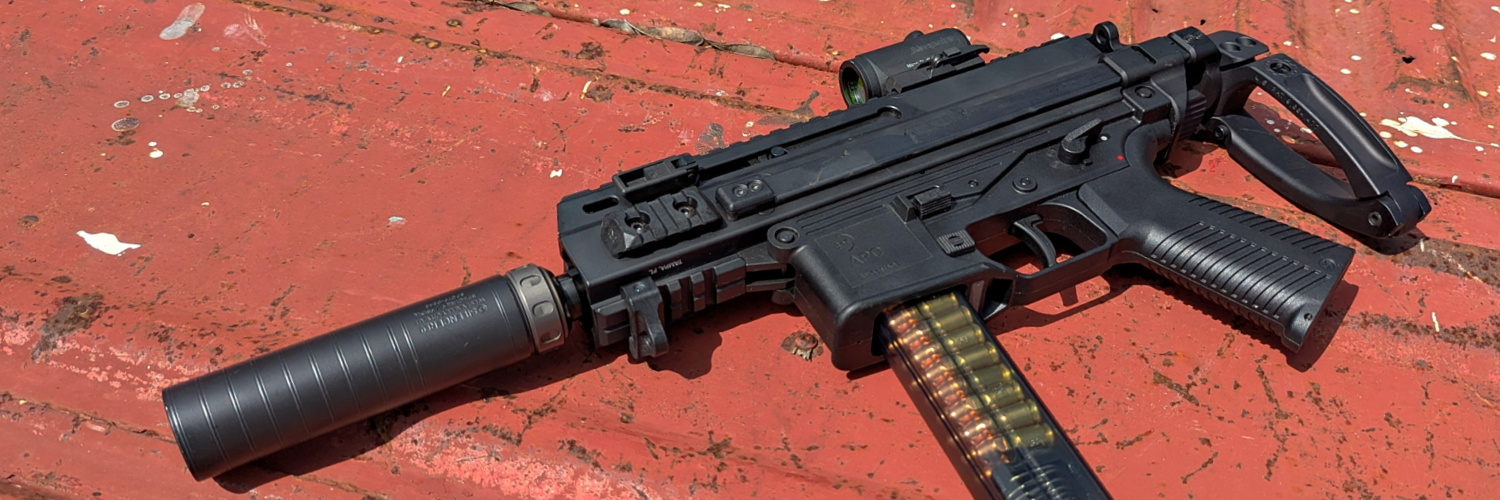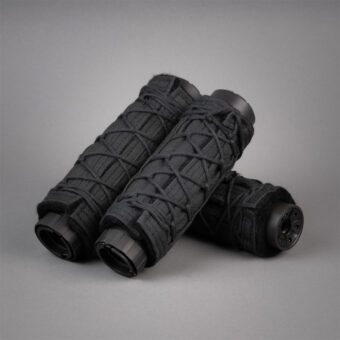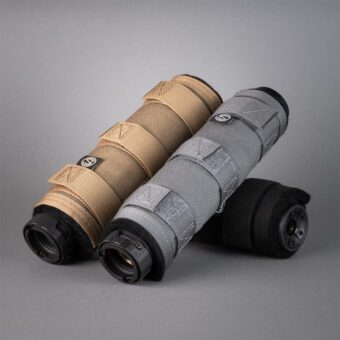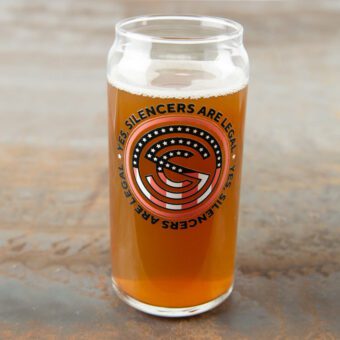Home / Firearms & Gun Parts / The Welrod Assassin’s Pistol
The Welrod Assassin’s Pistol
The Welrod Assassin’s Pistol
Home / Firearms & Gun Parts / The Welrod Assassin’s Pistol
William Lawson
Imagine you’re a World War II British SOE operative. After months of intensive training, you parachute into Nazi-occupied Denmark and link up with a Resistance group. Friendly aircraft occasionally drop goodies like weapons and explosives so you can create merry mayhem among the enemy. Resistance fighters are not as effective as legend would eventually claim, but an interrupted rail line, disabled locomotive, or blown-up power station causes headaches and ties down troops who could otherwise be at the fighting front.
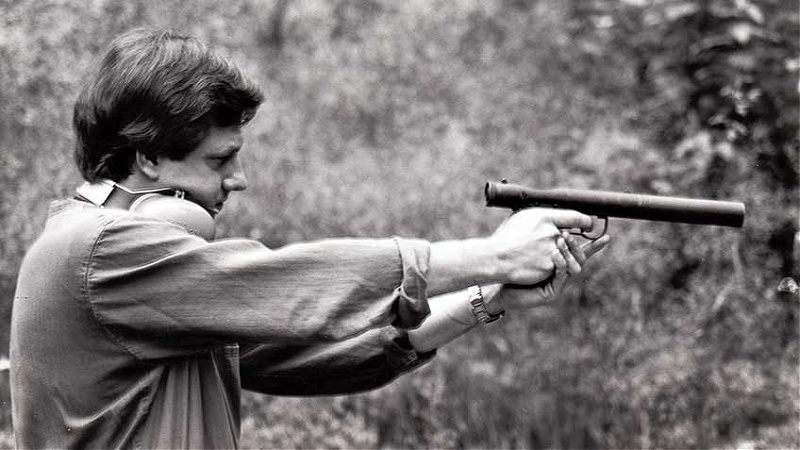
Sabotage missions are dangerous. The enemy knows valuable targets just as you do, so they post sentries and other defenses. Your latest supply drop included an odd-looking weapon to help deal with those sentries: the Welrod pistol. The Special Operations Executive (SOE) developed the Welrod for just this purpose: killing enemy sentries or high value personnel silently at close range.

Officially designated the Mark I Hand Firing Device, the Welrod was the brainchild of Major Hugh Q.A. Reeves. Reeves was an engineer with SOE’s “Station IX,” which provided specialized weapons and gear for field operatives. Ian Fleming’s “Q Branch” was partially based on Station IX, though the character “Q” does not represent Major Reeves. The code name “Welrod” came from Station IX’s proximity to the village of Welwyn, north of London.
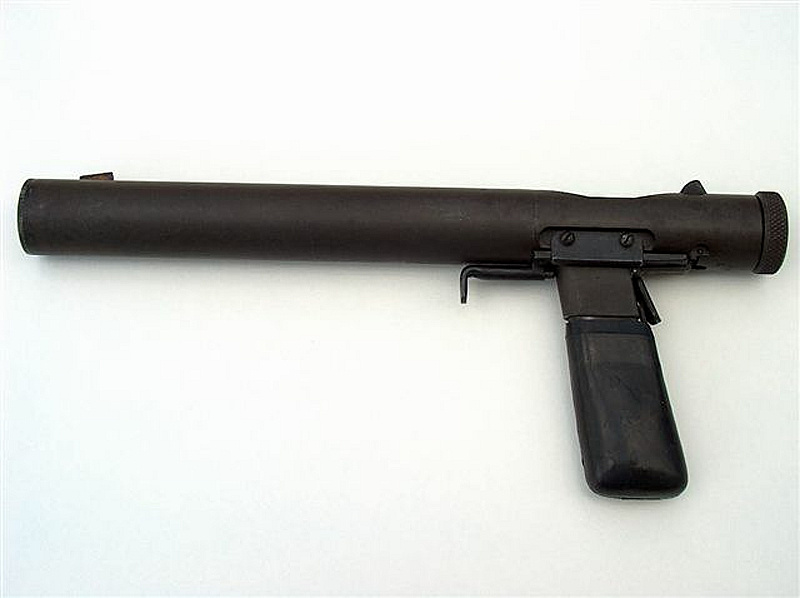
A Simple but Ingenious Design
The Welrod looks ungainly, but the design is elegantly simple. A single stack detachable magazine feeds the bolt action firing mechanism. A rubber sheath encases the magazine since it doubles as the Welrod’s grip when inserted into the rudimentary mag well. The gun uses 8-round Colt 1903 Pocket Hammerless magazines for the .32 ACP cartridges. The shooter operates the action via the knurled knob behind the chamber.
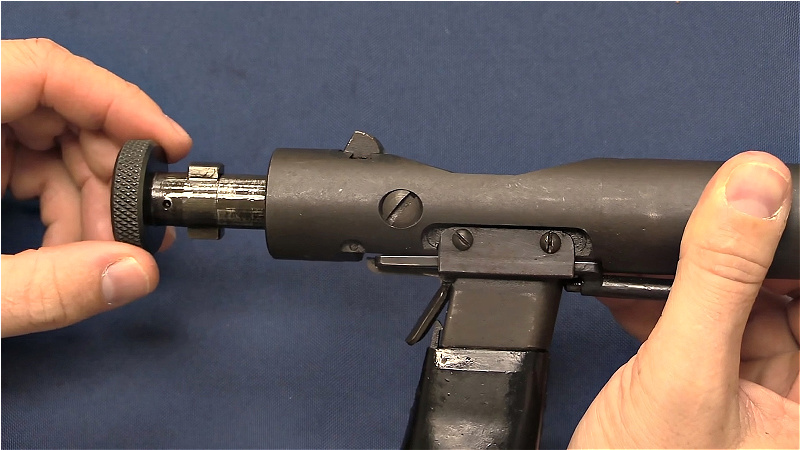
The trigger is a simple steel wire that moves straight back on a sliding plate, releasing the striker. The shooter must engage the grip safety to unblock the trigger plate.
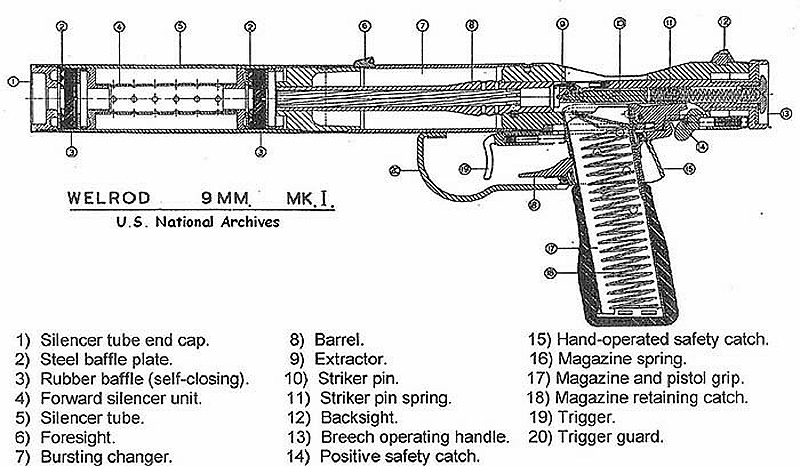
The barrel is only 3.25 inches long but has 16 to 20 ports that bleed gas into the surrounding expansion chamber. The integral suppressor makes up the rest of the firearm. The suppressor section contains a series of metal baffles and three rubber wipes. The wipes were initially solid rubber, so the first bullet fired through them punched a hole that sealed up behind it.
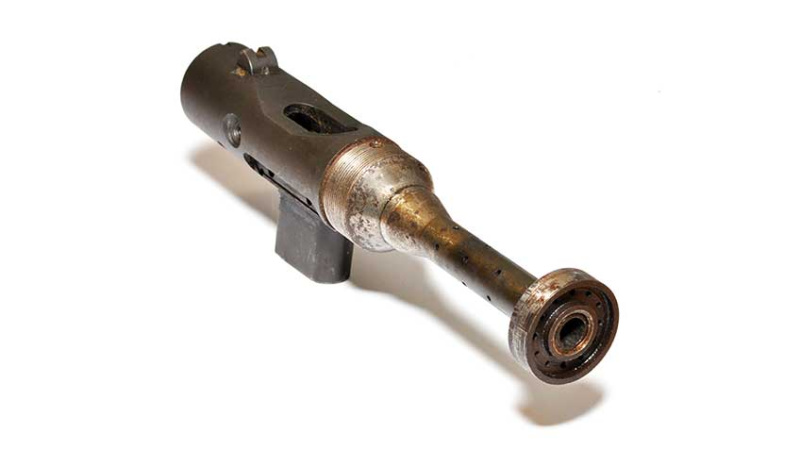
The Welrod’s plans and manufacturing history are still officially classified, though blueprints have leaked out. The guns were almost certainly made by the United Kingdom’s Birmingham Small Arms (BSA), though the firm denies it. Just how many Welrods were made is also a secret. Estimates range from 2,800 to 14,000. The varied serial numbers and classified records
fuel the discrepancy.
Interestingly, the first Welrods were the .32 ACP Mark II and Mark IIA. The later 9mm Parabellum Welrod was designated Mark I and Mark IA. No idea why. The Mark I added a trigger guard and moved the front sight back to the halfway point. Again, no idea why they shortened the sight radius on an already accuracy challenged pistol. The Mark I had a 6-round magazine capacity.
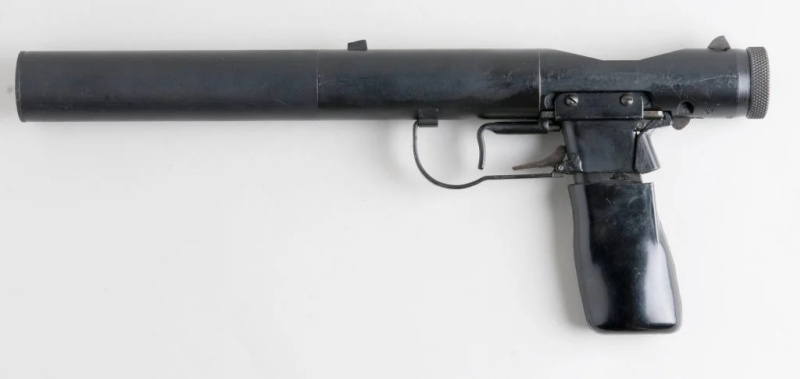
The Welrod was designed for covert activity and is easily concealed with the magazine removed. Unless you know what it is, a Welrod without an inserted magazine doesn’t even look like a pistol. Many said it resembled a bicycle pump.
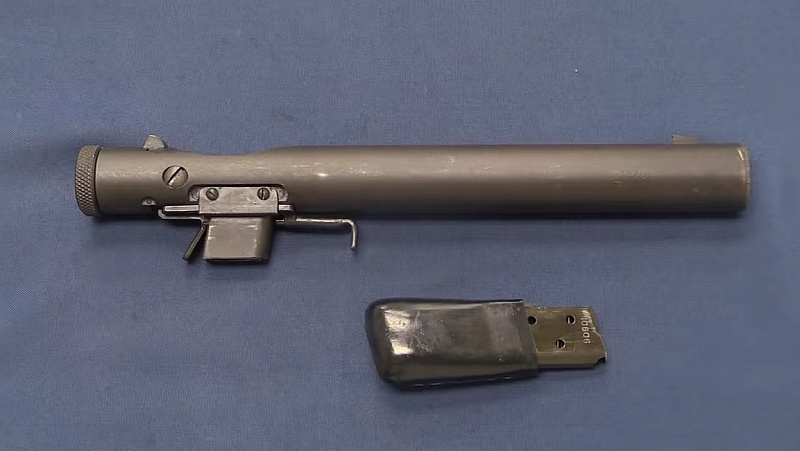
Welrod Specifications
- Caliber: .32 ACP (Mark II and Mark IIA) or 9mm Parabellum (Mark I)
- Capacity: 8 rounds (.32 ACP) or 6 rounds (9mm Parabellum)
- Weight: 42 ounces (empty)
- Overall Length: 14.57 inches
- Barrel Length: 3.25 inches
- Suppressor Length: 11.97 inches
- Action: Manually operated bolt action
Using the Welrod
The Welrod’s first four or five shots were the most effective. The action didn’t cycle since it was manually operated. The gun was perhaps even better than Hollywood quiet beyond 15 feet. Its report was impossible to identify as a weapon discharge. This was helped by the initial chambering in the subsonic .32 ACP cartridge, which has been recorded at only 73 decibels. Later models were also made in 9mm Parabellum but are reportedly almost as quiet as the .32 ACP guns.
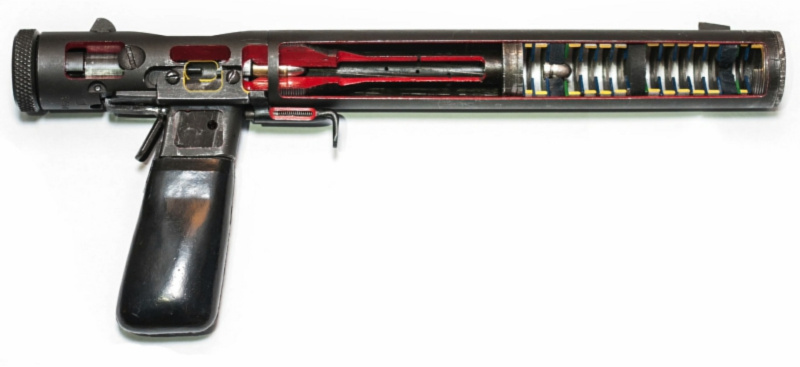
After ten or fifteen rounds, the wipes no longer sealed and the Welrod sounded similar to a standard suppressed pistol, if perhaps a bit quieter since there was no action noise. The baffles and wipes were easily replaced by unscrewing the muzzle cap, assuming you had extras on hand.
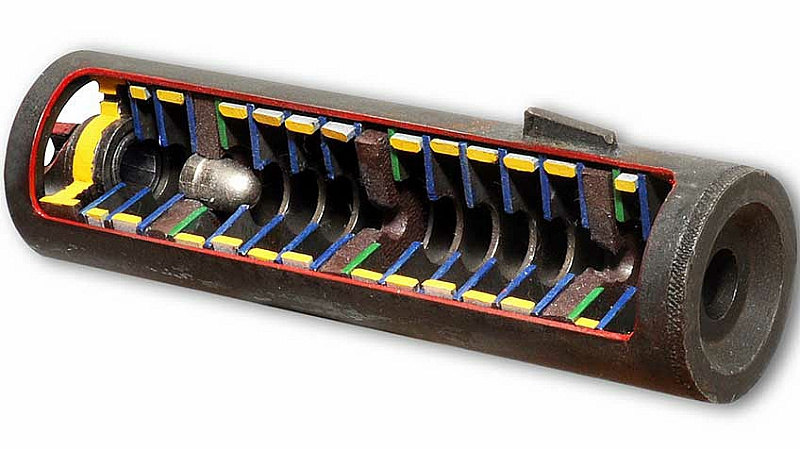
The end cap itself is indented and the muzzle recessed so SOE operatives could place it right up against a Nazi target and fire. Of course, getting that close to a sentry or assassination target might be another matter entirely.
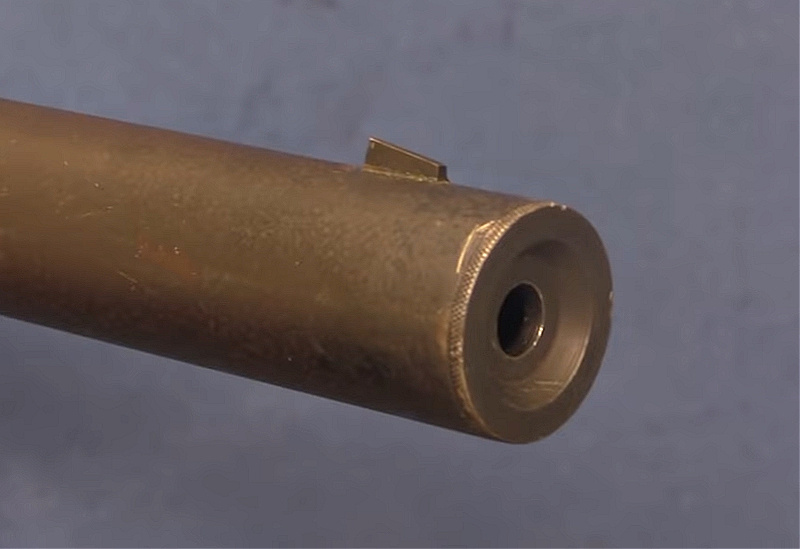
The sights are a simple but effective rear notch and post. They originally had tritium inserts for night use. The Welrod’s effective range is 7 or 8 yards at night and up to 25 yards in daylight. After that, the short barrel and slowed bullet significantly impact the gun’s performance.
A Modern Welrod
Brügger & Thomet (B&T) produces a veterinary pistol, the VP9, based on the Welrod. Chambered in 9mm Parabellum, B&T says the gun is for dispatching injured horses and such in a manner that won’t startle other nearby animals. The gun operates just like the Welrod and is reportedly just as quiet. But the VP9 is much nicer than the Welrod.
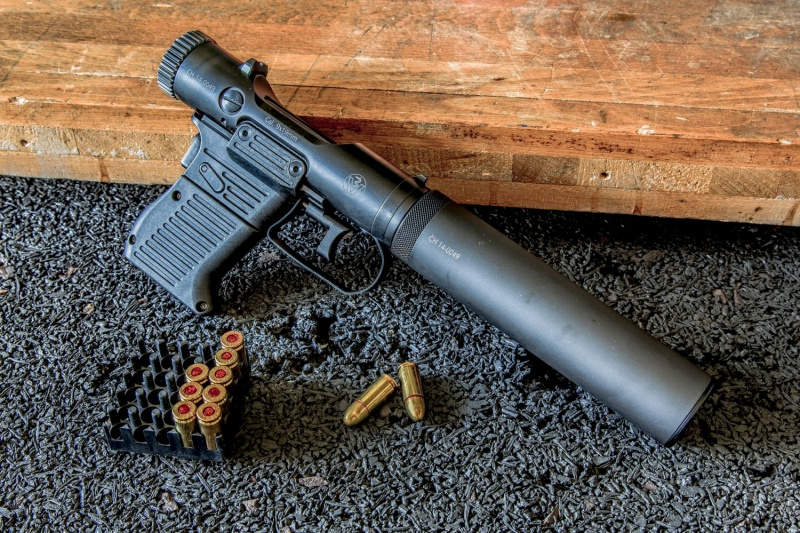
The gun probably does a great job not frightening horses or cattle. You, however, do you. The B&T VP9 no doubt requires an NFA tax stamp. Do not confuse this pistol for the H&K VP9, which is something else entirely.
The Welrod in Entertainment
You’d think Hollywood might use and abuse the Welrod in their various spy and war movies, but that hasn’t been the case. I suppose it isn’t surprising since all suppressed Hollywood guns are Welrod quiet and look much cooler in the process. The gun has appeared in a few movies and television shows, most notably, a 2011 episode of Person of Interest.

The Welrod fares better in video games. As one might expect, players of combat shooter games can take the Welrod for a spin and it features prominently in several such games. The Mark II appears in Medal of Honor: Rising Sun, Day of Infamy, and World of Guns: Gun Disassembly, while the Mark I shows up in Sniper Elite V2, Sniper Elite III, and Sniper Elite 4.
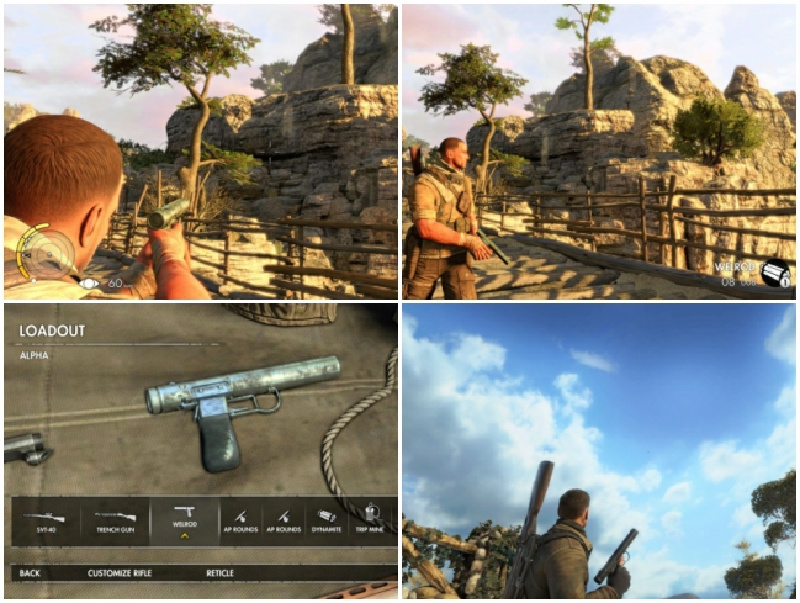
Battlefield V added a Mark I/Mark II hybrid in its June 2020 update. The Mark II also shows up in Insurgency: Sandstorm’s June 2020 update, though it’s mistakenly chambered in 9mm. There are a few other game appearances as well.
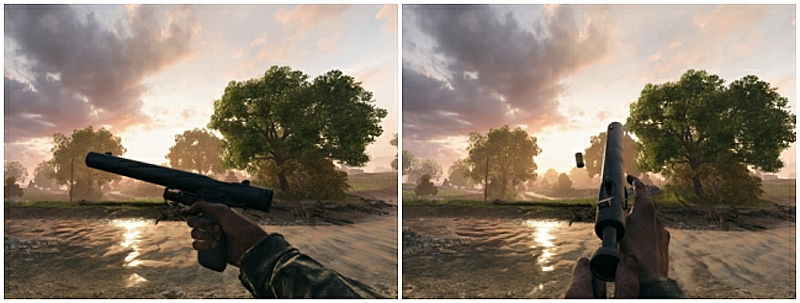
A Long Service Life
Extraordinary times demand extraordinary solutions. The Welrod entered service in 1943, which counts as a most extraordinary time, considering the entire globe was immersed in history’s most destructive war. It was a niche weapon, but that niche was important and long-lasting.
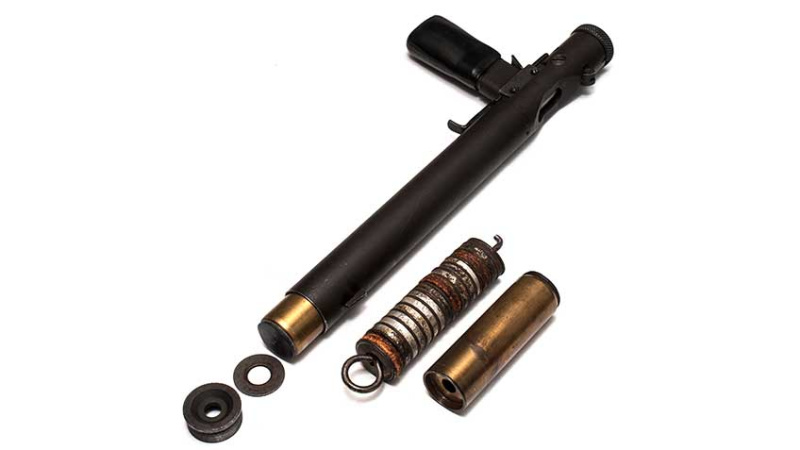
The American Office of Strategic Services (OSS), which operated much as the SOE and later became the CIA, soon adopted the Welrod. US special forces and intelligence operatives used the Welrod throughout the Cold War, and the British SAS used it in the 1982 Falklands War. The last reported use was in the 1991 Gulf War.
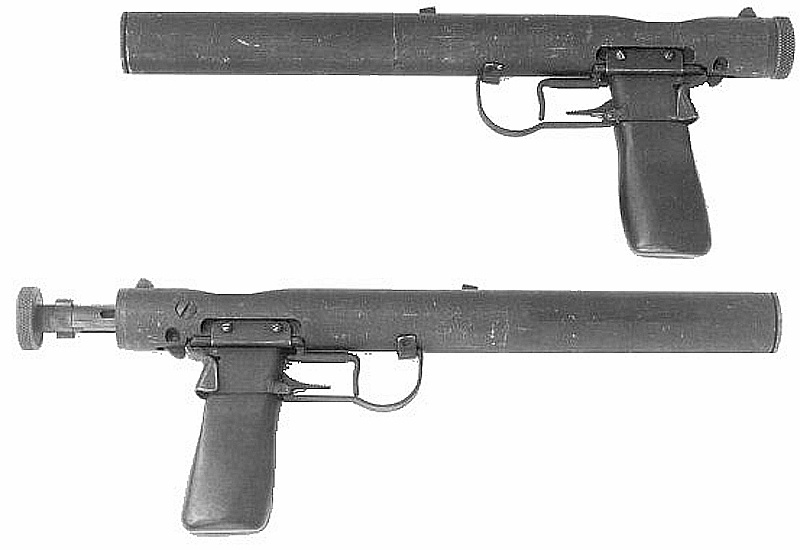
The weapon’s simplicity and effectiveness make it easy to believe the Welrod is still in service today. And why not? The Welrod is simple and reliable. It goes “bang” when you press the trigger. Well, maybe not “bang.” More like “phffft.” Either way, the sentry never knows what hits him.


